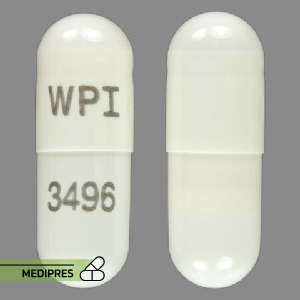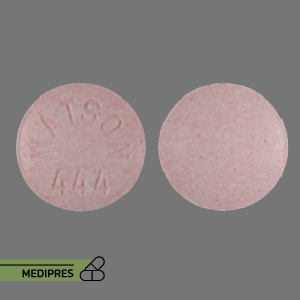
Gemtesa
23 June, 2023
Glimepiride
23 June, 2023Gentamicin
Generic name: gentamicin [ GEN-ta-MYE-sin ]
Brand names: Garamycin, Cidomycin
Drug Class: Aminoglycoside Antibiotic
Dosage Form: Injectable Solution, Ophthalmic Solution, Topical Cream
Route of Administration: Intravenous, Intramuscular, Topical, Ophthalmic
Dose:
- Injectable Solution: Dosing varies, typically 3-5 mg/kg/day divided into equal doses every 8 hours
- Ophthalmic Solution: Typically 0.3%
- Topical Cream: Varies, often 0.1%
Mechanism of Action: Gentamicin works by binding to the bacterial 30S ribosomal subunit, causing misreading of mRNA. This leads to inhibition of protein synthesis and ultimately bacterial cell death.
Drug Usage Cases: Gentamicin is used to treat severe or serious bacterial infections that are susceptible to its effects, especially those involving the urinary tract, central nervous system, respiratory tract, skin, bones, and soft tissues.
Drug Contraindications: Contraindicated in patients with known hypersensitivity to gentamicin or other aminoglycosides. Caution is advised in patients with renal impairment or auditory impairment due to increased risk of toxicity.
Side Effects: Common side effects include nausea, vomiting, and injection site pain. Serious side effects can include nephrotoxicity, ototoxicity (both hearing loss and vestibular damage), and neuromuscular blockade.
Warnings: Monitoring of drug levels is recommended to avoid potential toxicity. Gentamicin should be used with caution in patients with pre-existing kidney or auditory problems.
Use During Pregnancy or Breastfeeding: Gentamicin is classified under FDA Pregnancy Category D. There is evidence of risk to the human fetus based on adverse reaction data from investigational or marketing experience or studies in humans, but potential benefits may warrant use in pregnant women despite potential risks. Gentamicin is excreted in breast milk and could cause harm to a nursing infant.



